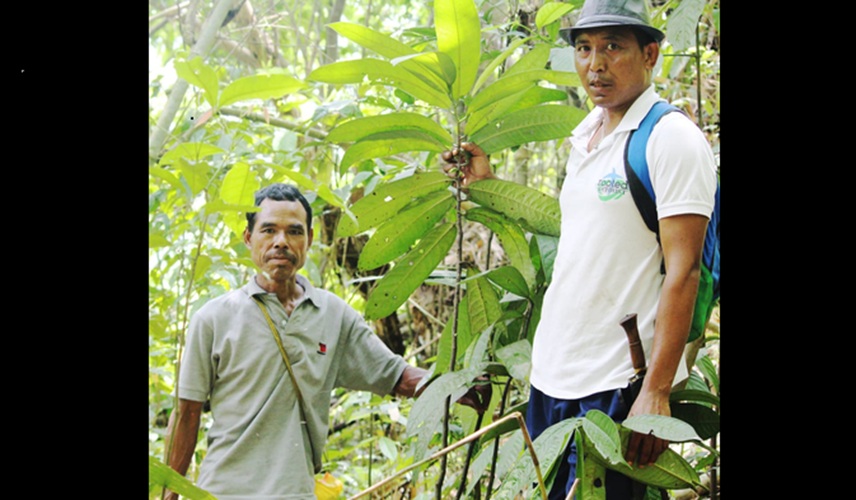Kohima: In a landmark study bridging traditional wisdom and modern science, researchers from Nagaland University, in collaboration with an Assam-based private university, have unlocked the medicinal potential of Goniothalamus simonsii — an endangered and little-known plant native to Meghalaya’s forests.
For generations, local communities have used G. simonsii to treat ailments such as typhoid, malaria, throat infections, and gastrointestinal problems.
However, this marks the first time the plant has undergone detailed scientific investigation to establish its pharmacological value.
The study, led by Dr. Mayur Mausoom Phukan of Nagaland University’s Department of Forestry, alongside his student Samson Rosly Sangma, revealed that G. simonsii contains a wealth of bioactive phytochemicals with strong antioxidant, antimicrobial, and anticancer properties.
Using advanced computational and biochemical tools, the researchers demonstrated how compounds from the plant interact with cancer-related proteins — paving the way for the development of new, natural therapeutic drugs.
Published in October 2025, the paper was co-authored by Dr. Pranay Punj Pankaj, Associate Professor of Zoology; research scholars Vahshi Chongloi and Sangma from Nagaland University; and Dr. Dhrubajyoti Gogoi from the partnering Assam-based university.
Nagaland University Vice-Chancellor Prof. Jagadish K. Patnaik hailed the discovery as a milestone in biodiversity-based innovation.
“Through this study, our researchers are helping bridge the gap between traditional knowledge and modern science while contributing to the conservation of a rare species,” he said, commending the team’s “dedication and innovative approach.”
Dr. Phukan noted that the research comes at a critical time when the world faces rising antibiotic resistance and chronic illnesses linked to synthetic drugs.
“Our findings reaffirm that India’s biodiversity remains an untapped reservoir for modern drug discovery,” he said.
ALSO READ: Meghalaya government to post new doctor, review water schemes in Amlarem
Research scholar Sangma highlighted the urgency of conservation, noting that G. simonsii, listed as “Endangered” by the International Union for Conservation of Nature (IUCN), now survives in only a few forest pockets due to declining awareness of its medicinal value.
“We hope this study will inspire conservation and cultivation initiatives to ensure the species’ survival,” he added.
Beyond its immediate medicinal promise, the research is being hailed as a model for integrating ethnomedicine with biotechnology — a step aligned with India’s broader efforts to harness indigenous biodiversity for sustainable healthcare solutions.
The Nagaland University team plans to extend its work to in vivo and clinical studies to further validate the plant’s pharmacological potential and explore its use in future phytopharmaceutical formulations.















